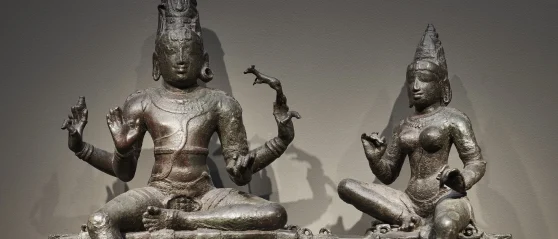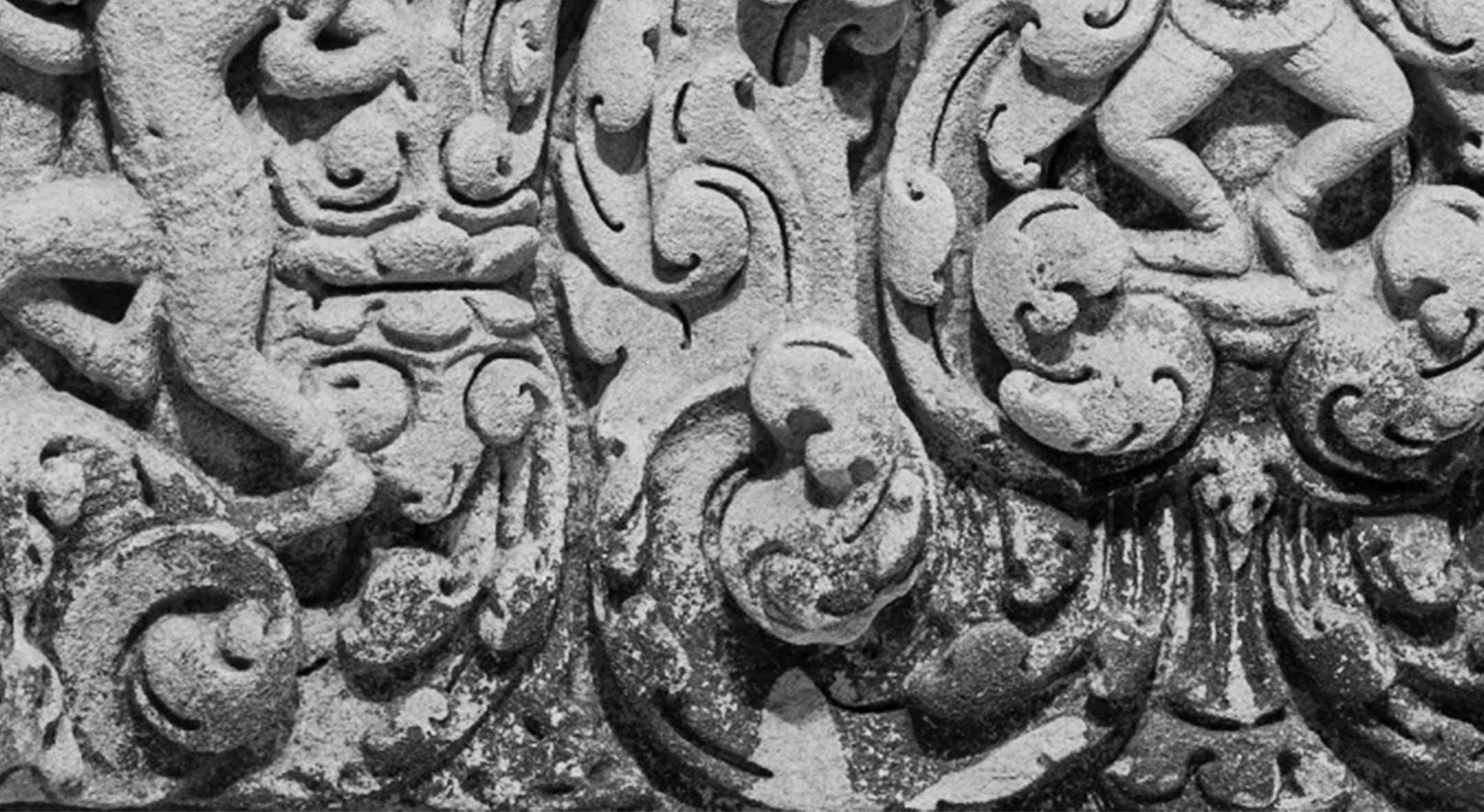May 23, 2017–June 30, 2021
-
Dates
-
Location
Gallery 26a
-
Collection Area
South Asian & Himalayan Art
Hinduism is a living religion with complex roots reaching back more than four thousand years. Its three major deities—the gods Shiva and Vishnu and the goddess with multiple names—each take on many forms. While the religion’s pluralism puzzles some, Hindus suggest that the infinite can be viewed as a diamond with innumerable facets. Acknowledging the power of an individual facet does not deny the validity of other deities, rituals, or beliefs.
In many Hindu traditions, images of deities are a central focus of worship. Devotion can be expressed through commissioning, adorning, or singing to a god embodied in an image, or by donating the image itself to a temple. Images of divine companions, such as the eagle Garuda, represent ideal devotees and are themselves recipients of worship.
All gods stand or sit on lotus blossoms, a symbol of purity. Because ornament is auspicious, deities are always well adorned with jewelry. Attributes, such as the god Ganesha’s sweets or Shiva’s third eye, reveal individual personalities and powers.
Detail, Shiva and Uma (Somaskanda); Figure; Chola dynasty, 12th century; Bronze; India, Tamil Nadu; Arthur M. Sackler Gallery; S1987.907a-e
- Jump To...
Explore All Pieces in this Section
Shiva Dakshinamurti ("Shiva Who Faces South")
-
Period
Chola dynasty
-
Geography
Tamil Nadu state, India
-
Material
Granite
-
Accession
S1987.903
Seated Ganesha
-
Period
Hoysala dynasty
-
Geography
Halebid, Karnataka state, India
-
Material
Chloritic schist
-
Accession
S1987.960
Pair of lamps of fortune (dipalakshmi) oil lamps
-
Period
Nayak dynasty
-
Geography
Tamil Nadu state, India
-
Material
Bronze
-
Accession
S2000.9.1-2



